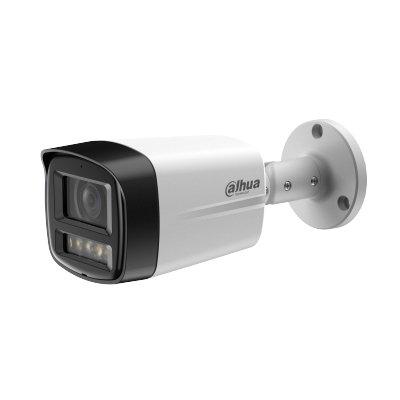 |
| Increases in the number of cameras and storage capacity have created an overabundance of video information that is difficult to manage |
Investment in video surveillance technology continues to increase as technology improves and security equipment becomes more affordable. Companies invest in video surveillance primarily to protect people and property, for both deterrence and more crucially for incident response. While there’s no doubt that the systems can provide a comprehensive video archive, the real challenge is whether these systems allow security and law enforcement personnel to respond quickly and effectively when security breaches occur. In large enterprise systems, entrenched video collection methods have limited effectiveness in real-time situations. When retrieving and analysing multi-camera video for forensic purposes, the process of extracting valuable footage from the sheer volume of video can be highly time consuming, ineffective, and falls well short of what is needed. This article will explain some of the challenges with current methods used and outline potential solutions.
Overloading the operator in critical response situations
Video Management Systems (VMS) offer powerful functionality for general viewing purposes and systematic archiving of video data. However, when responding to a real-time crisis, users are typically forced to rely on site maps, their ability to recall camera routes, or to urgently scan across video walls to help locate appropriate camera views. This can be manageable when tenured security operators are available who are intimately familiar with the building and camera locations – provided that the subject follows predictable paths through the facility.
Problems are compounded when experienced security operators are not available. Security positions are notorious for high rates of turnover, resulting in staff with limited site familiarity and lack of confidence in the video system and camera network configurations. These are all factors that increase the risk when expecting an operator to be highly skilled and able to respond quickly in a critical response situation, i.e. when a security breach has occurred or a critical incident is in progress. In such situations, law enforcement officials and incident response staff have to rely on the available security operators to navigate through the system. This does not allow for effective intervention when it’s needed in real-time.
The solution calls for an easy-to-use system that enables an operator to quickly understand where a target has been, where it is currently, and anticipates where a target is going. A system that lets the user seamlessly track the target without needing to know the site layout, or even have familiarity with the video system.
The solution calls for an easy-to-use |
Drowning in surveillance data
Video surveillance has long proven to be a significant and valuable tool with broad-reaching capabilities. VMS systems do a great job of capturing video but increases in the number of cameras and storage capacity have created an abundance of video information that is difficult to manage. When an incident occurs, and there’s a need to search for forensic video, review teams are challenged to locate all the relevant video from the volume of video information available. Teams can be tied up for weeks searching for incident-related video, time that could be used for more important work.
Locating relevant video is like looking for a needle in a haystack. Since time is always of the essence, the solution must help find and identify all the relevant video quickly, and present it in a way that it can be easily understood. Providing a process for sharing information with law enforcement officials is another way technology can help speed up the process and allows for a clear picture of what occurred so law enforcement officials can make informed decisions.
Current video systems have a constraint on how many cameras a security operator can manage effectively. Technology innovations can multiply the effectiveness of an operator by simplifying the process, allowing them to manage more cameras, and reducing cost. Providing access and a clear view to law enforcement officials or incident response teams during such critical situations can mean the difference between mitigating a situation and allowing it to escalate.
Regardless of whether you are |
Gaps in video coverage
VMS can be very effective for documenting camera locations and providing site maps that show camera views across enterprise businesses. They are a critical component in a successful video surveillance strategy; however, they often come up short in regards to evaluating camera coverage of the site. Often organisations don’t even know that a gap exists until after an incident occurs and there’s a critical piece of video missing.
The solution calls for robust and intelligent technology that seamlessly connects all the cameras across a video system and identifies any gaps proactively. Regardless of the situation, when an event is triggered, whether by an access control breach, an alarm event, by identification by an operator or video analytics identifying suspicious activity, the system must be able to fully capture the sequence of events. This is crucial in both real-time situations and forensic situations, as even a small gap in coverage may be problematic.
A call to action
The security industry has undergone a major shift from analogue to digital technology solutions. Manufacturers have been reimagining their product lines to help companies transition in a cost-effective and intelligent way. With technology advances and lower video component cost, there is a need now to look at getting the most return on investment of your video system. Regardless of whether you are tracking the path of a target in a real-time critical response situation, or searching through forensic multi-camera video, there is the need to maximise efficiency through the use of technology in order to deliver on the ultimate goal of protecting people and property.




















